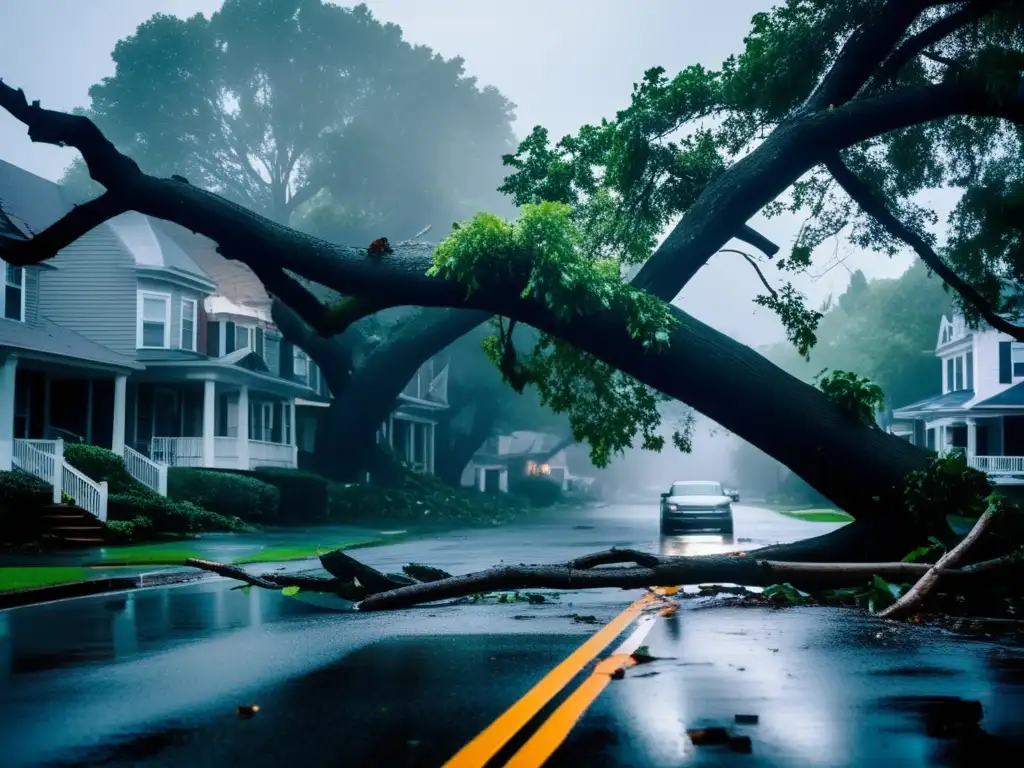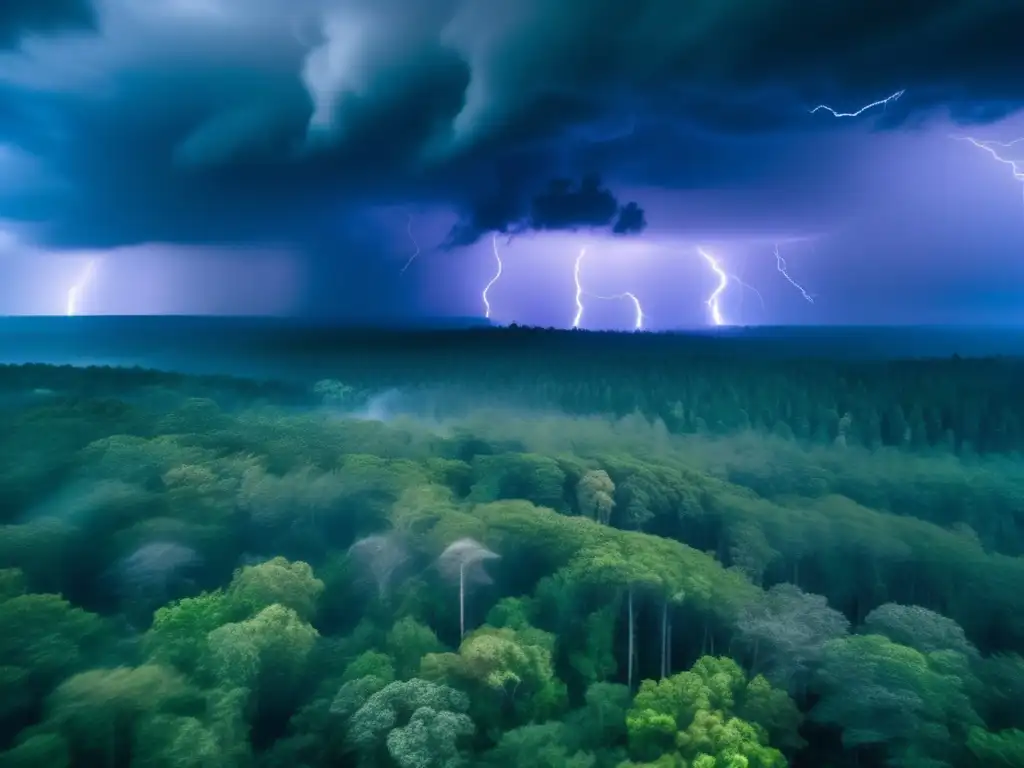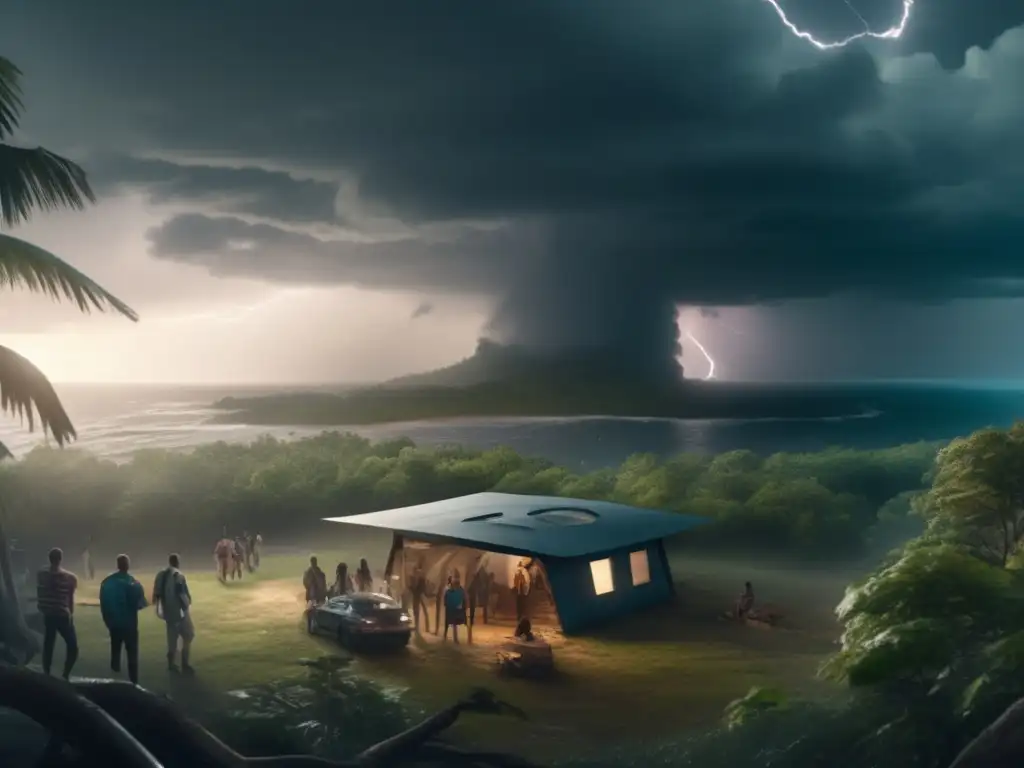Trees And Hurricanes: Understanding And Addressing The Risks

Trees and Hurricanes: Understanding and Addressing the Risks
Introduction
Hurricanes are natural disasters that can cause immense damage to property and infrastructure, and even worse, loss of life. The Atlantic hurricane season typically starts from June 1st and lasts until November 30th. Hurricanes can produce strong winds, heavy rainfall, storm surges, and flooding that can have long-lasting effects on communities. Trees, while an essential part of our ecosystem, can pose a significant risk during these events. In this article, we will discuss the risks associated with trees during hurricanes, how to identify hazardous trees, and effective ways of addressing the issue.
The Risks of Trees During Hurricanes

Tree Damage as a Cause of Property Damage
During hurricanes, trees are often uprooted, toppled over, or have their branches detached. Trees that fall onto homes or apartments can result in significant property damage or perhaps even loss of life. Moreover, falling trees can disrupt power lines and cause electrical outages that last for several days or weeks.
Impact of Trees on Drainage Systems
Trees can obstruct drainage systems and channels, leading to flash flooding during a hurricane. When leaves, twigs, and other tree debris accumulate in gutters or storm drains, water flow is slowed down, increasing the risk of flooding. Trees can also prevent soil from adequately absorbing water, worsening flood conditions.
Tree Damage as a Cause of Injuries
When wind speeds reach over 74 mph, hurricane-force winds become dangerous. Broken or detached branches from trees that fall during a hurricane can lead to injury or death. Even after a hurricane has passed, dangerous branches may remain suspended in trees and pose a risk to anyone who walks by.
Identifying Hazardous Trees

Leaning Trees
Trees that lean significantly towards one side may indicate internal decay or root damage. This can make them more susceptible to falling during a hurricane.
Dead or Dying Trees
Trees that are already dead or dying have weakened wood, making them more prone to breakage and failure during a hurricane. Branches from such trees can become projectiles, causing injuries or property damage.
Overhanging Limbs
Limbs that are too close to power lines, rooftops, or other structures can be dangerous during high winds. These overhanging branches can shear off, leading to damage and power outages.
Addressing the Risks

Regular Tree Maintenance
Regular tree maintenance can help reduce the risks associated with trees during hurricanes. Pruning limbs that overhang buildings, removing dead or dying trees, and trimming branches that are close to power lines can help prevent damage and injury.
Tree Removal
In cases where trees are too damaged or pose a significant risk of harm, it might be necessary to remove them entirely. A professional arborist should do this to ensure safety. By removing hazardous trees, you can help protect yourself, your property, and your community during a hurricane.
Preventative Measures
Preventative measures such as installing storm shutters, reinforcing doors and windows, and clearing gutters and drainage systems can help mitigate the effects of trees and other hazards during a hurricane. It is essential to plan ahead and prepare for the worst-case scenario to minimize damage and injuries.
Frequently Asked Questions

-
Can healthy trees still pose a risk during a hurricane?
Yes. Even well-maintained and healthy trees can fall or lose branches during hurricanes. However, regular tree maintenance can minimize the risk.
-
When should I remove a tree on my property?
If you suspect that a tree on your property is hazardous, it is best to consult with a professional arborist. They can advise whether the tree's condition can be treated or if removal is necessary.
-
Can I do tree maintenance myself?
It is not recommended to perform tree maintenance yourself, as it can be dangerous. It is best to hire a licensed and qualified professional arborist for these services.
-
How can I prevent my trees from causing damage during a hurricane?
Regular tree maintenance, such as pruning overhanging limbs and removing dead or dying trees, can help reduce the risk of trees causing damage during a hurricane. You can also take preventative measures like installing storm shutters, reinforcing doors and windows, and clearing gutters and drainage systems.
-
What should I do if tree damage has occurred during a hurricane?
If a hazardous tree on your property has already caused damage during a hurricane, it is best to contact a professional arborist to evaluate and address the situation.
Conclusion
Trees are an essential part of our planet, but they can be hazardous during a hurricane. Identifying hazardous trees and taking the necessary steps to address them can help reduce the risk of property damage, injury, and loss of life. Regular tree maintenance, removal of hazardous trees, and preventative measures can make a significant difference in protecting our communities during a hurricane.
It is crucial to stay informed and prepared for hurricanes by regularly checking for updates from reliable sources like hurricaneinsider.org. We encourage you to share this article with your friends and family to help educate and inform them about the risks associated with trees and how to address them during a hurricane.
Additional Resources

 Dining In The Dark: Meal Ideas During Power Outages
Dining In The Dark: Meal Ideas During Power Outages Prioritizing Repairs After A Hurricane
Prioritizing Repairs After A Hurricane Hunkering Down: Making The Best Use Of Time During A Hurricane
Hunkering Down: Making The Best Use Of Time During A HurricaneIf you want to discover more articles similar to Trees And Hurricanes: Understanding And Addressing The Risks, you can visit the During the hurricane: category.
Leave a Reply

Articulos relacionados: